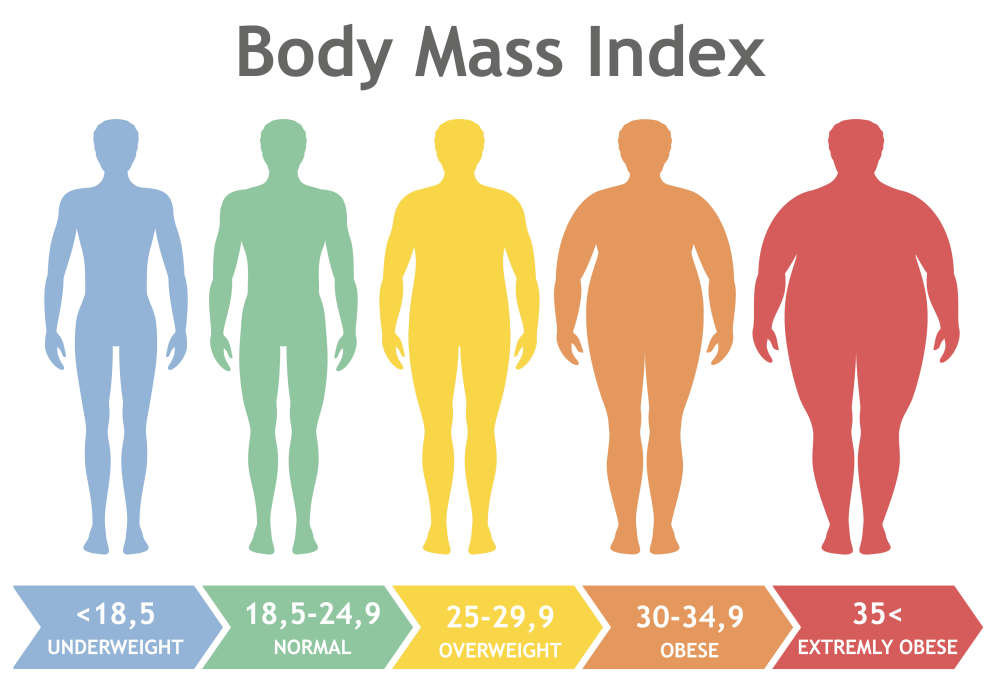Obesity epidemic pushing Australian paramedics to the limit
Obesity among the Australian public is another rising health epidemic, with on-road paramedics facing rising pressure as they respond to an increase in rescue calls from overweight patients.
The rising number of patient rescues involving overweight citizens has even forced local firefighters to assist paramedics, stretching resources thin across fire crews who are called a couple times each month to help paramedics extricate a patient from their place of residence or at the scene of an accident.
Media reports have pointed out that furniture removal trucks, with hydraulic lists have been used to transport heavy patients to hospital.
The Chief Health Officer’s Report of 2018 shows that 460,000 Queensland adults are “severely” obese.
Excess weight, especially obesity, is a major risk factor for cardiovascular disease, type 2 diabetes, some musculoskeletal conditions and some cancers. As the level of excess weight increases, so does the risk of developing these conditions. In addition, being overweight can hamper the ability to control or manage chronic conditions.
When is a patient recognized as obese?

A patient with a BMI greater than 50kg/m2 is considered to be super morbidly obese and super-super-morbidly obese if greater than 60kg/m2.
A healthy weight range is 18.5 to 24.9kg/m2.
What are state officials saying?

United Firefighters Union Queensland state secretary John Oliver said: “People are getting larger and chronic illness in the morbidly obese is more common, so we are seeing our firefighters being called to help paramedics in rising numbers.”
“There would one of these kind of jobs per fortnight.”
“Our job is to help access the patients so that the ambulance officers can do their work.”
“We knock down walls of bedrooms, tear off the doors of toilets or remove roofs.”
“We can be helping people who are in excess of 200kg.”
“We are there to help regardless of the situation but it can be devastating to see people in these situations.”
“Sometimes we have to send out extra personnel in these ‘ambo assist’ cases.”
“Carrying an average size person when they are dead weight is heavy enough, so extra crew is necessary for those that are morbidly obese.”
“There is no doubt it is back breaking work and our firefighters often end up with sore backs.”
As you can see, very obese patients present a variety of logistic and medical challenges for first responders, the firefighter said.
What does this mean for paramedics?

Bariatric patients have limited mobility and often have decreased lung capacity which reduces their ability to help themselves in the move.
The Queensland Ambulance Service has strict guidelines for paramedics working with heavily obese patients.
Most paramedics work in teams of two but rarely can two people safely transport a patient that is morbidly obese.
Use of lifting aids is mandatory and it is important that all lifting efforts include all possible means to “preserve the patients privacy dignity and comfort”.
Our most challenging job for the paramedic is the extrication from upper levels of properties, extended rescues where the patient is required to be carried a considerable distance and extrication from small spaces like bathrooms.
Is there any risk to paramedics?

Steve McGhie, the secretary of the paramedics’ union, said 60 per cent of all injuries paramedics sustained on duty were musculoskeletal and that more obese patients were putting additional strain on first responders.
“There is no question that as patients get larger it makes it more difficult for paramedics,” he said. “The motorised stretchers will make a hell of a reduction because there will be less lifting from paramedics but they’re something that should have been brought into the industry many years ago.”
What are paramedics doing to combat this?

Ever-increasing numbers of obese people in Australia are forcing emergency services to have their equipment updated. Past research has revealed that furniture removal trucks have been used to help paramedics move large and heavy patients in the past.
Ambulance Victoria has been upgrading its fleet by testing out new hydraulic stretchers to transport chronically overweight patients. The service has also spent money on inflatable cushions and stair chairs.
They also have an inflatable airbag for lifting morbidly obese patients off the floor, an air mattress to help manoeuvre heavy patients, a wheelchair capable of carrying a 295kg person and a double-sized seat to transport patients who must remain upright.
There have been 11 specifically designed ambulances in Victoria since 2007. They are referred to as “complex patient ambulance vehicles” an can cost $200,000 and are capable of transporting patients weighing up to 350kg.
When asked about these vehicles, the general response from paramedics was “these are rarely available.”
See the original article here about obesity across Australia.
